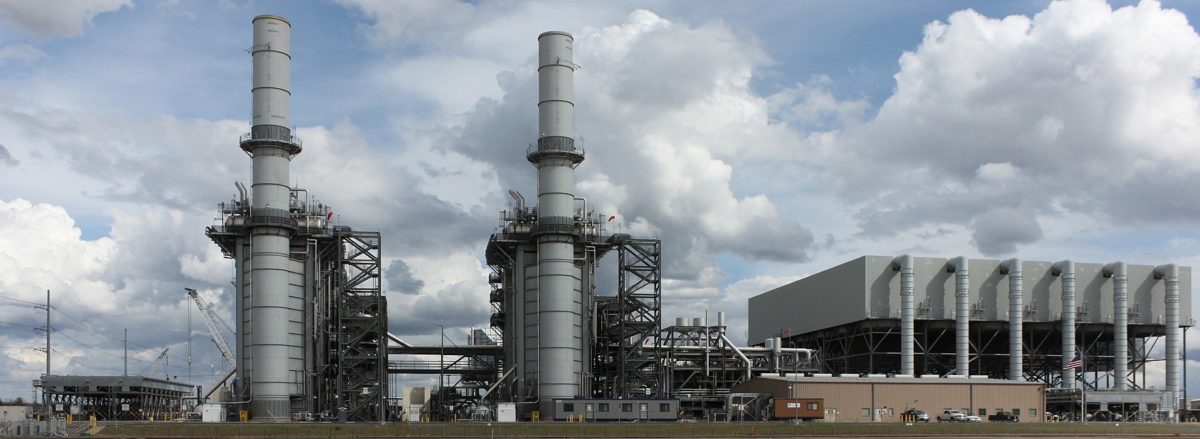From pv magazine Global
Scientists at the Massachusetts Institute of Technology (MIT) have conducted techno-economic analysis to assess the potential competition between hydrogen-fired gas plants and large scale lithium-ion storage in the role of replacing gas-fired thermal power plants in the United States, and have found that lithium-ion batteries may be the most efficient solution in terms of costs, although hydrogen may represent a viable alternative in certain cases.
According to their findings, which can be found in the paper Techno-economic analysis of balancing California’s power system on a seasonal basis: Hydrogen vs. lithium-ion batteries, published in Applied Energy, hydrogen-fired gas turbines (HFGTs) can currently be built at a cost of $1,320/kW and may replace natural gas-fired plants to balance the electricity network on a seasonal basis. Maintenance cost for HFGTs is assumed to be the same as that of gas-fired gas plants, at around $13/kW, per year, while transport costs for hydrogen are estimated at between $0.60/kg, for a 1,000km pipeline, to $2/kg for a 3,000km pipeline.
Furthermore, the MIT scientists calculated that green hydrogen can currently be produced at a cost ranging between $3 and $10 per kilogram, depending on operating conditions, while grey or blue hydrogen can be generated at a cost of $1 and $1.50 per kilogram, respectively. “Assuming 40% utilisation of a proton exchange membrane (PEM) electrolyser and an input power cost of $10/MWh, green hydrogen can be produced at $5/kg,” they specified. “Green hydrogen is currently more expensive than grey or blue hydrogen but these costs are projected to decrease on the order to 70% through 2050 as demand increases.”
As for lithium-ion storage, the academics estimated that a 100 MW/400 MWh battery may be built at a cost of $236.50/MWh.
The U.S. group compared the levelised cost of energy (LCOE) of HFGTs and large scale lithium-ion storage in a scenario in which the two sources of energy have to meet the production achieved by natural-gas-fired gas turbines in California in 2019. It also assumed that the lifetime of any installed project is 15 years and the discount rate for any installed project is 10%. “The annual fuel consumption for the HFGT is calculated as the total cost associated with purchasing hydrogen to operate the facility, while the annual fuel consumption for the lithium-ion [facility] is equal to the total cost of the electric power stored in the system,” it further explained.
The analysis showed that the competitiveness of HFGTs is strictly dependent on the heat rate of the gas power plants they should replace. The heat rate indicates a power plant’s efficiency and represents the amount of energy it needs to generate a kilowatt-hour of electricity. According to the researchers, HFGTs become more competitive than lithium-ion storage when the heat rate is higher. Furthermore, they found that HFGTs powered by blue hydrogen produced with CO2 capture may be the more cost-competitive substitute for natural-gas-fired gas turbines. “We found the power prices in today’s market do not justify investment in this technology,” they concluded. “However, we noted the propensity for more extreme power price patterns within the market as the share of variable renewable energy grows within the market.”
This content is protected by copyright and may not be reused. If you want to cooperate with us and would like to reuse some of our content, please contact: editors@pv-magazine.com.









By submitting this form you agree to pv magazine using your data for the purposes of publishing your comment.
Your personal data will only be disclosed or otherwise transmitted to third parties for the purposes of spam filtering or if this is necessary for technical maintenance of the website. Any other transfer to third parties will not take place unless this is justified on the basis of applicable data protection regulations or if pv magazine is legally obliged to do so.
You may revoke this consent at any time with effect for the future, in which case your personal data will be deleted immediately. Otherwise, your data will be deleted if pv magazine has processed your request or the purpose of data storage is fulfilled.
Further information on data privacy can be found in our Data Protection Policy.